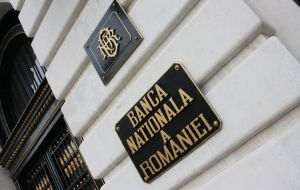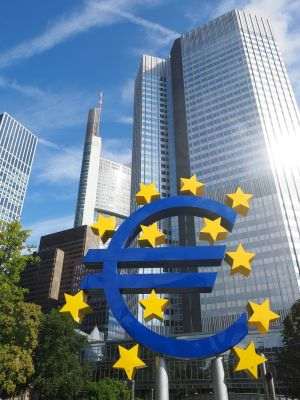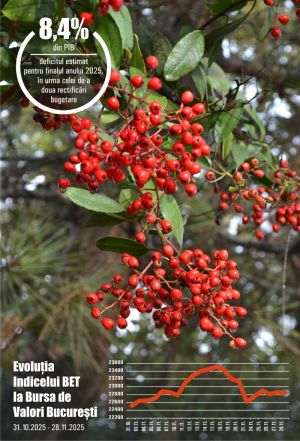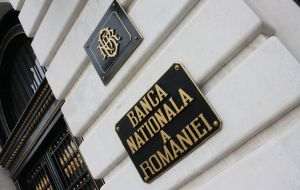The sharp rise of the Romanian leu this year is forcing smaller manufacturers out of business and prompting a larger shift in exports out of low-value-added goods such as textiles, according to TurkishDailyNews.com.tr quoted by Rompres.
The currency has gained 7 percent against the euro so far this year, after a 10-percent rise in 2006, leaving hundreds of local exporters, few of whom tap financial markets for protection against currency risk, exposed to heavy losses. Much of Romanian manufacturing still relies on antiquated technologies and focuses on basic goods such as textiles, which are cheap to produce and sensitive to price movements.
"Exporters lose 25 million euros ($35 million) a month every time the leu gains another 1 percent," said Mihai Ionescu, head of the Romanian Association of Exporters and Importers. The industry body has repeatedly called on the central bank to intervene to weaken the leu. But the bank has been reluctant to interfere as the strong currency helps to maintain targeted low inflation. Officially, it has not intervened since late 2005 when it bought euros to keep the leu down.
The leu"s gains are driven primarily by foreign demand as investors ploughed their cash into riskier assets globally or bet on juicy returns after Romania"s European Union entry at the start of 2007. Romania"s barely developed derivatives market, which was opened to foreigners last year, gives little incentive for companies to hedge currency risk. But analysts say demand from desperate manufacturers may be just what the market needs. "We hedge on foreign commodities bourses, but we did not think we had to hedge the exchange rate. We are discouraged by lack of experience," said Serban Carsteanu, strategy and development director of automotive equipment maker Electroprecizia.
Romania badly needs exports to offset hefty imports and curb its gaping current account deficit, which is running at just above 10 percent of gross domestic product (GDP). In the first five months of this year, exports rose 12.7 percent, but imports were up 28.6 percent, causing the current account gap to more than double from a year earlier to 5.94 billion euros. Economists warn the deficit could cause a sharp downward spiral for the leu if foreign investment in Romania dries up or global markets turn sour towards emerging economies. Most of Romania"s exports, 70 percent of which go to the EU, are produced by foreign companies or for foreign contractors with access to better technology.
"Lots of small exporters will disappear because of lack of investment strategy and willingness to hedge, but that will not be a tragedy," said Radu Craciun, ABN Amro"s head of research in Bucharest. "FDI is high and will generate exports." Romania has a good reputation for its textiles and leather goods production facilities, which represent almost a quarter of last year"s exports.
But high competition from Asian producers has cut textile exports by 2 percent last year, while machinery and electrical equipment sales rose by 33 percent in 2006.Analysts expect deeper cuts in textile exports in 2007.



























































